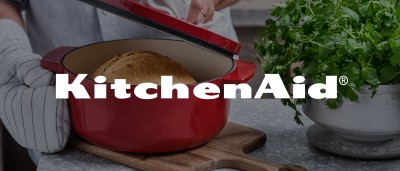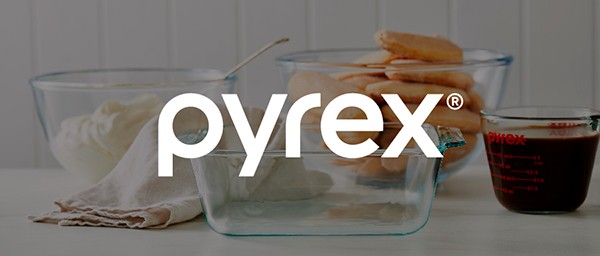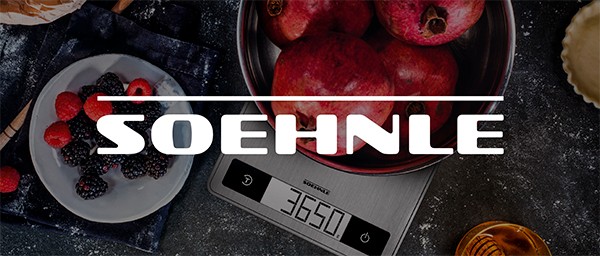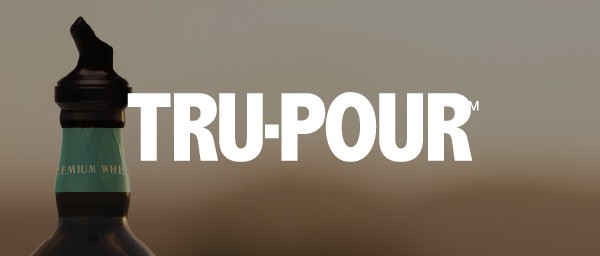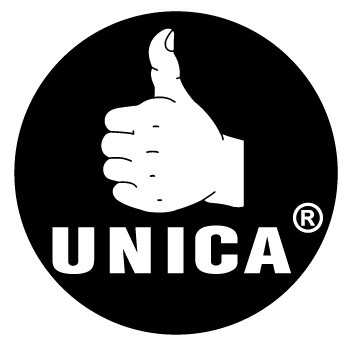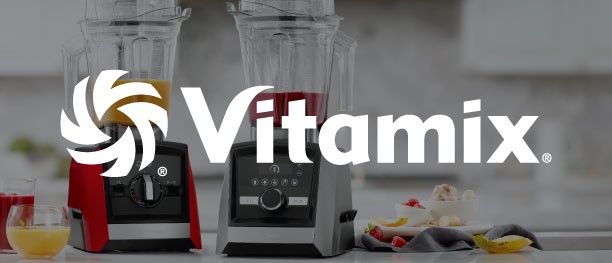How To Determine If Jewelry Is Original Or Fake
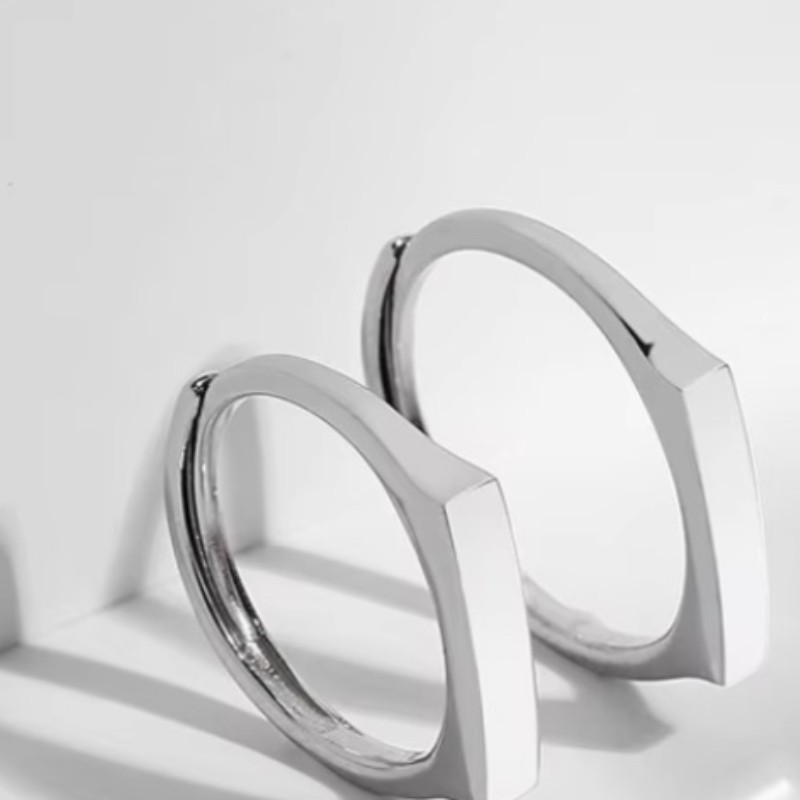
S925 Pure Silver Projection Couple Ring Does Not Fade
Gift Tree
Approx $116.01 USD
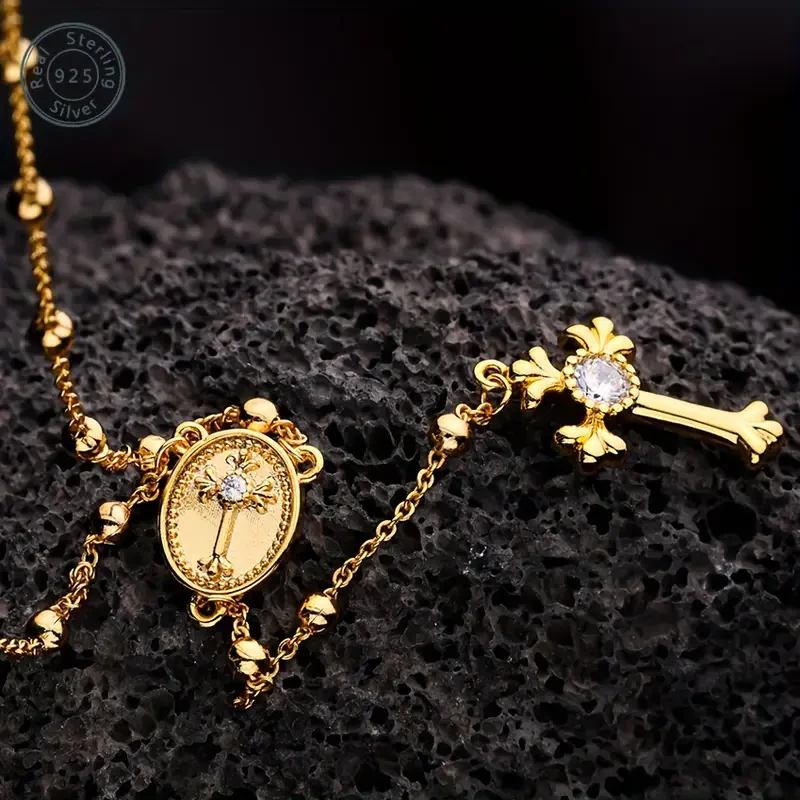
.webp)
925 Sterling Silver Italian Rosary Cross Y-shaped Necklace
Gift Tree
Approx $80.54 USD
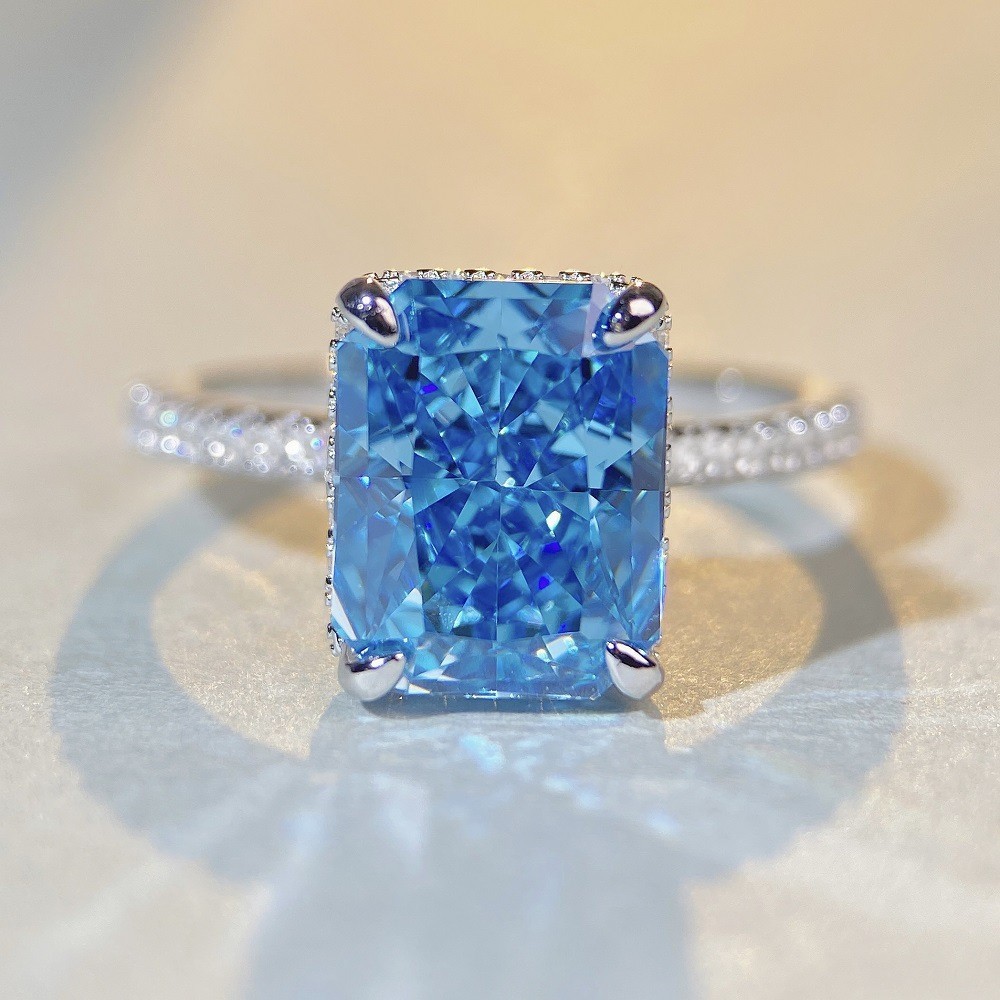
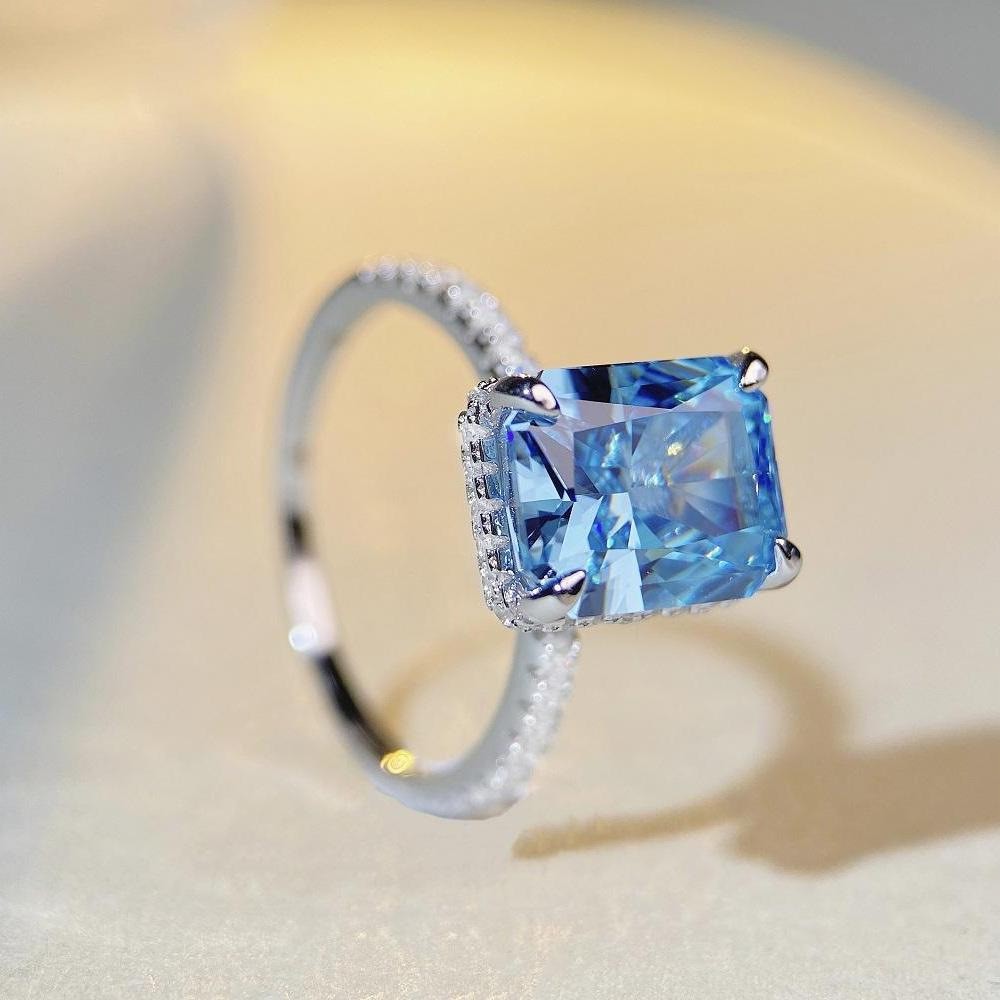
Sterling Silver Ring Female High Carbon Diamond
Gift Tree
Approx $38.77 USD
Normally: $128.99
Normally: $128.99
Understanding the Importance of Authentic Jewelry
When purchasing jewelry, especially high-end pieces, distinguishing between genuine and fake items is crucial. Whether it’s gold, silver, diamonds, or gemstones, counterfeit jewelry can be deceiving, often leading to financial loss and disappointment. By learning how to identify real jewelry, you can make informed decisions and avoid scams.
Key Differences Between Real and Fake Jewelry
Jewelry can be categorized based on materials, craftsmanship, and hallmarks. While genuine pieces are made from authentic metals and stones, fake jewelry often consists of imitations designed to mimic real ones. Here are essential factors to consider when determining authenticity:
1. Examining Metal Authenticity
Gold and Silver Markings
Genuine gold and silver jewelry will always have hallmark stamps indicating purity. These are small engravings found on rings, necklaces, bracelets, and earrings. Common markings include:
- Gold: 10K, 14K, 18K, 22K, 24K
- Silver: 925 (Sterling Silver), 999 (Fine Silver)
If the jewelry lacks these markings or has unfamiliar engravings, it may be fake.
Magnet Test for Gold and Silver
Real gold and silver are non-magnetic, meaning they will not be attracted to magnets. If your jewelry clings to a magnet, it likely contains non-precious metals and is not pure.
Tarnish and Discoloration
While genuine silver may tarnish over time, gold does not tarnish or change color. If your gold jewelry starts fading, peeling, or turning green, it is likely gold-plated or a fake alloy.
2. Identifying Genuine Gemstones
Diamond Testing Methods
Diamonds are among the most counterfeited gemstones. To check if a diamond is real:
- Fog Test: Breathe on the stone. If the fog disappears quickly, it is likely a real diamond. Fake diamonds retain condensation for longer.
- Water Test: Drop the stone in water. A real diamond sinks due to its density, while fakes may float.
- Scratch Test: Diamonds can scratch glass with ease. However, this test is not always reliable, as some high-quality cubic zirconia can also scratch glass.
Identifying Real Gemstones
Authentic gemstones such as rubies, sapphires, and emeralds have natural inclusions (tiny imperfections). If a gemstone appears too flawless, it might be synthetic or fake. A professional jeweler can use a loupe (magnifying glass) to examine inclusions and confirm authenticity.
3. Checking Craftsmanship and Weight
Quality of Engraving
Real jewelry has precise and clear engravings, while counterfeit pieces often have rough or poorly etched markings. Inspect the jewelry closely under good lighting to check for irregularities.
Weight Test
Gold and silver are dense metals, meaning genuine jewelry will feel heavier than fake ones made from cheaper alloys. If your piece feels too light for its size, it could be fake.
4. Using Professional Jewelry Testing Methods
Acid Test for Gold and Silver
A professional jeweler can perform an acid test by applying a small drop of acid to the metal. If the reaction changes color, the jewelry is likely fake. This method is highly effective in determining metal authenticity.
Electronic Testing Devices
Jewelers often use electronic gold testers or diamond testers to confirm the authenticity of a piece. These devices provide instant results and are highly reliable.
X-ray Fluorescence (XRF) Analysis
For high-value jewelry, XRF machines can analyze the metal composition without causing damage. This test is commonly used by jewelry appraisers and pawnshops.
5. Spotting Fake Jewelry in Retail Stores
Common Signs of Counterfeit Jewelry Sellers
Be cautious when purchasing jewelry from unknown sources. Warning signs of fake jewelry sellers include:
- No Certifications: Genuine high-value jewelry should come with a certification from GIA, IGI, or other reputable grading labs.
- Suspiciously Low Prices: If a deal seems too good to be true, it probably is.
- Unverified Sellers: Always buy from trusted jewelry stores or reputable online retailers in New Zealand.
How to Buy Authentic Jewelry in NZ
If you are purchasing jewelry in New Zealand, consider these tips:
- Buy from licensed jewelers with positive reviews.
- Request certification for diamonds and gemstones.
- Verify store authenticity through customer feedback and third-party reviews.
6. How to Test Jewelry at Home
Vinegar Test for Fake Gold
Apply a drop of vinegar to the jewelry. If it changes color, it is not real gold. Genuine gold remains unaffected.
Rubbing Test for Gold Plating
Rub the jewelry against an unglazed ceramic plate. If it leaves a gold streak, it is likely genuine. If the streak is black or green, it is fake.
Skin Reaction Test
If wearing a ring or necklace leaves green or black marks on your skin, it is likely plated jewelry rather than real gold or silver.
7. What to Do If You Have Fake Jewelry
Returning Fake Jewelry
If you accidentally purchased fake jewelry, check the seller’s return policy. Many reputable stores offer refunds for counterfeit items.
Selling Fake Jewelry
Some fake jewelry still holds value, especially high-quality gold-plated or imitation gemstone pieces. Pawnshops or costume jewelry collectors may be interested in purchasing them.
8. Why Authentic Jewelry Matters
Investment Value
Genuine jewelry retains value and can appreciate over time, especially gold, diamonds, and rare gemstones. Fake jewelry, on the other hand, has little to no resale value.
Health and Skin Safety
Many fake jewelry items contain nickel or lead, which can cause skin irritation or allergic reactions. Always opt for real metals to avoid health risks.
Emotional and Sentimental Value
Authentic jewelry often holds sentimental significance, such as engagement rings or heirloom pieces. Knowing that your jewelry is genuine enhances its sentimental worth.
Final Thoughts on Authenticating Jewelry
Determining whether jewelry is real or fake requires a combination of visual inspection, at-home tests, and professional evaluation. Whether you are buying, selling, or inheriting jewelry, knowing how to verify its authenticity ensures that you make informed and valuable decisions. If in doubt, always consult a professional jeweler in New Zealand for an expert assessment.
Enter your content here



.jpg)

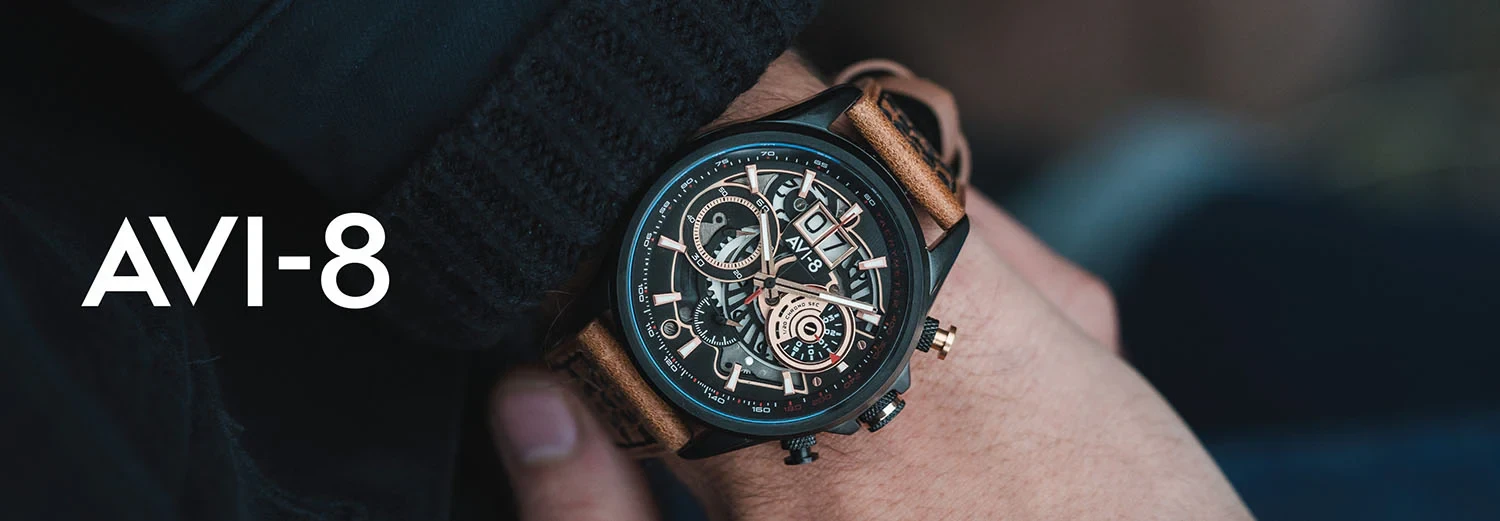







.jpg)



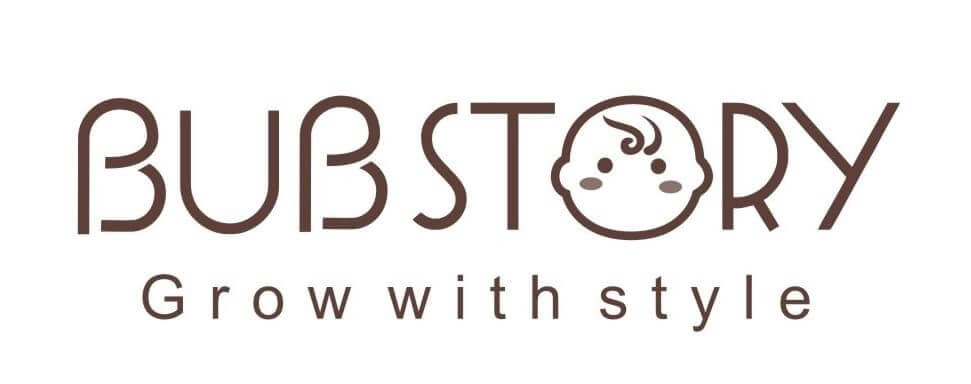

.jpeg)





.jpeg)



.jpeg)








.jpeg)



.jpeg)

.jpeg)
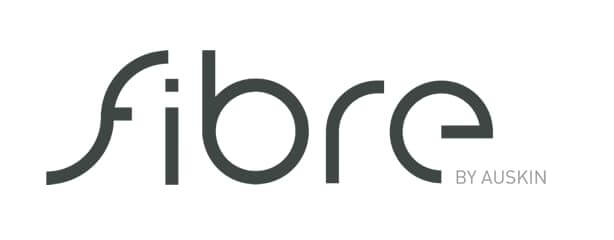
.jpeg)

.jpeg)




.jpeg)
.jpg)
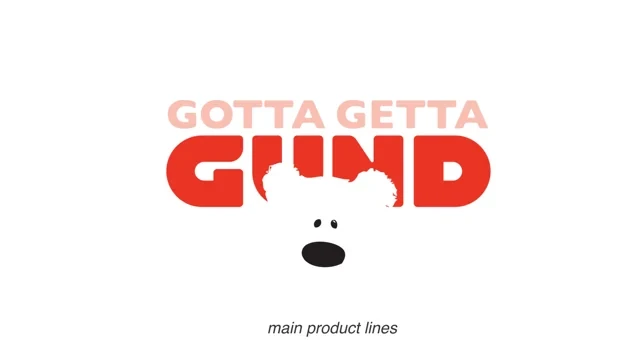
.jpeg)






.jpeg)
.jpeg)




.jpeg)





.jpeg)


.jpeg)
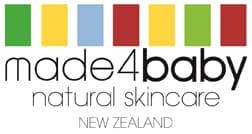
.jpeg)

.jpeg)
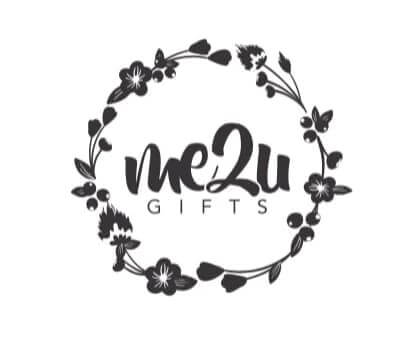
.jpeg)

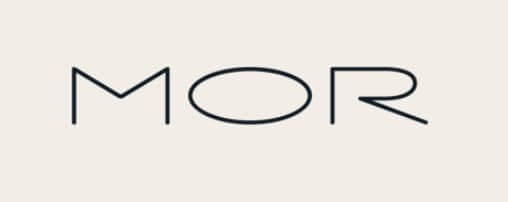
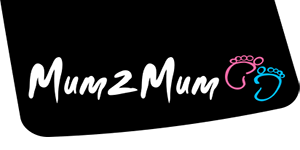




.jpeg)
.jpeg)
.jpeg)


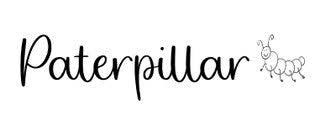


.jpeg)



.jpeg)


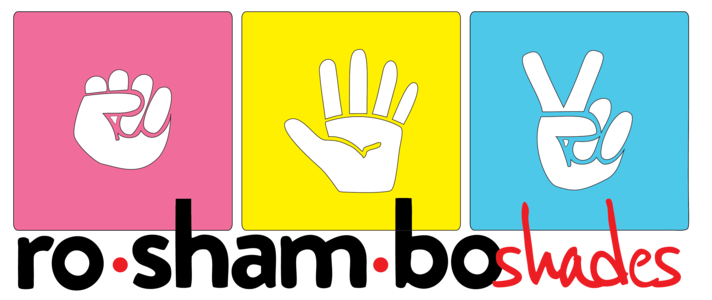

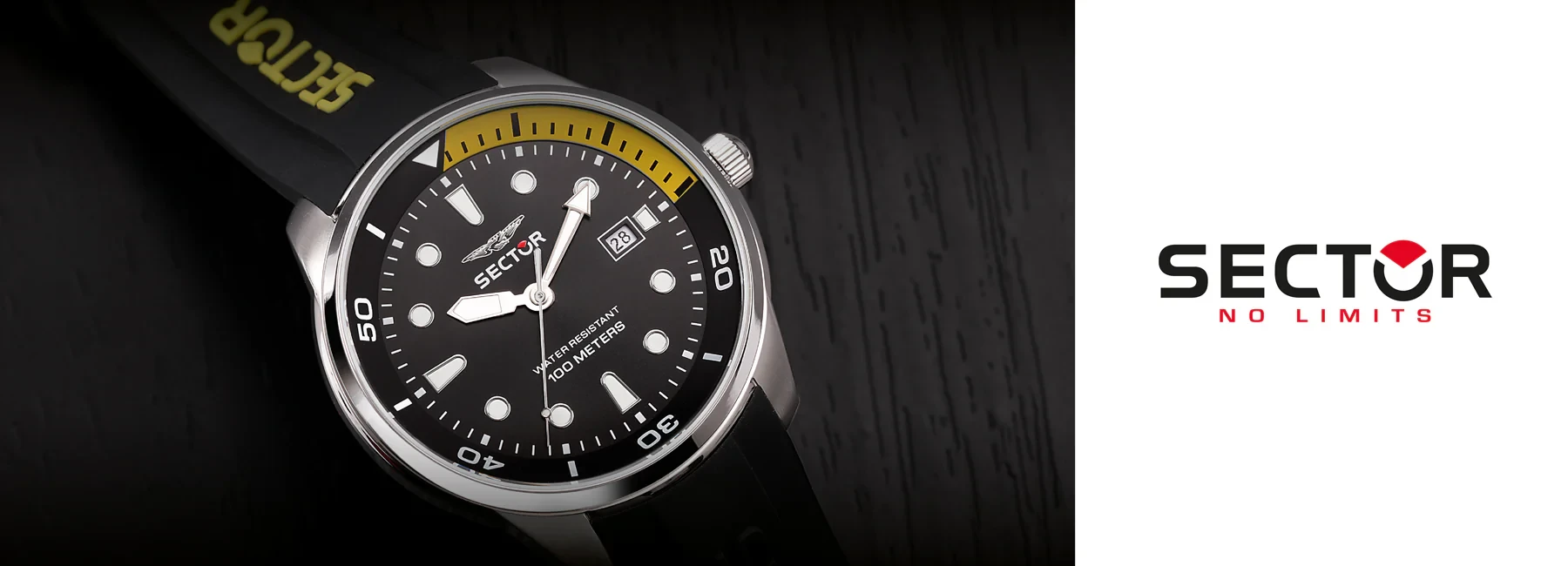
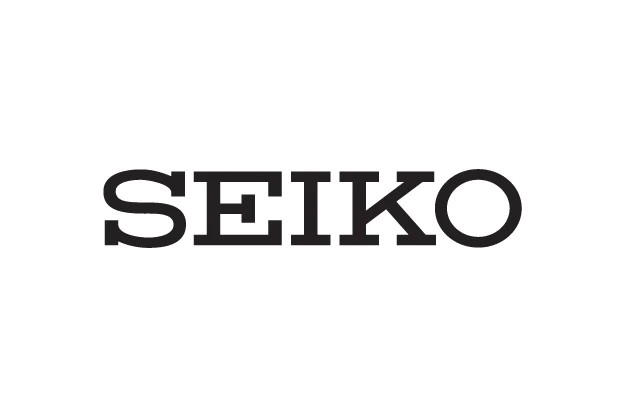
.jpg)
.jpeg)









.jpg)


ulva-Logo.jpg)




.jpeg)
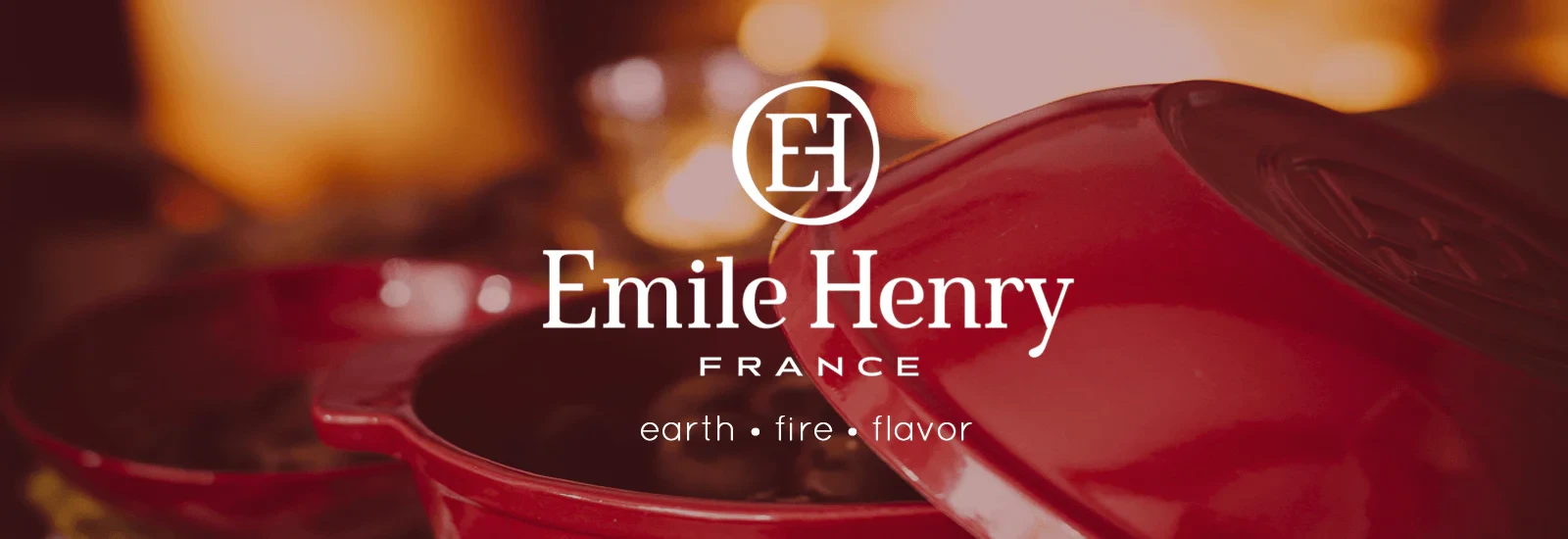


.png)



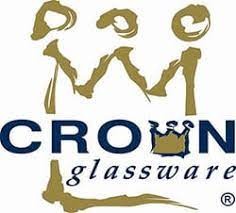
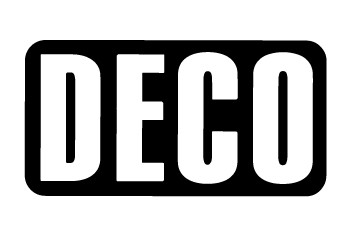



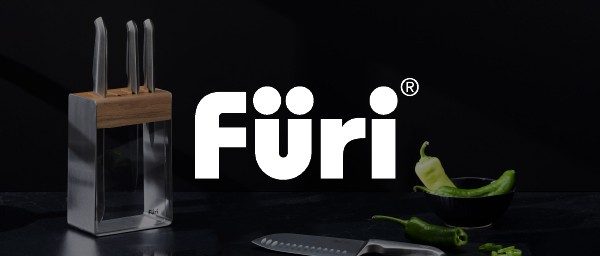




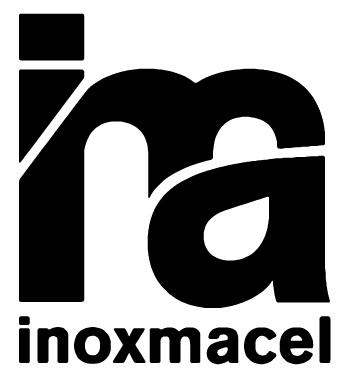

.png)


